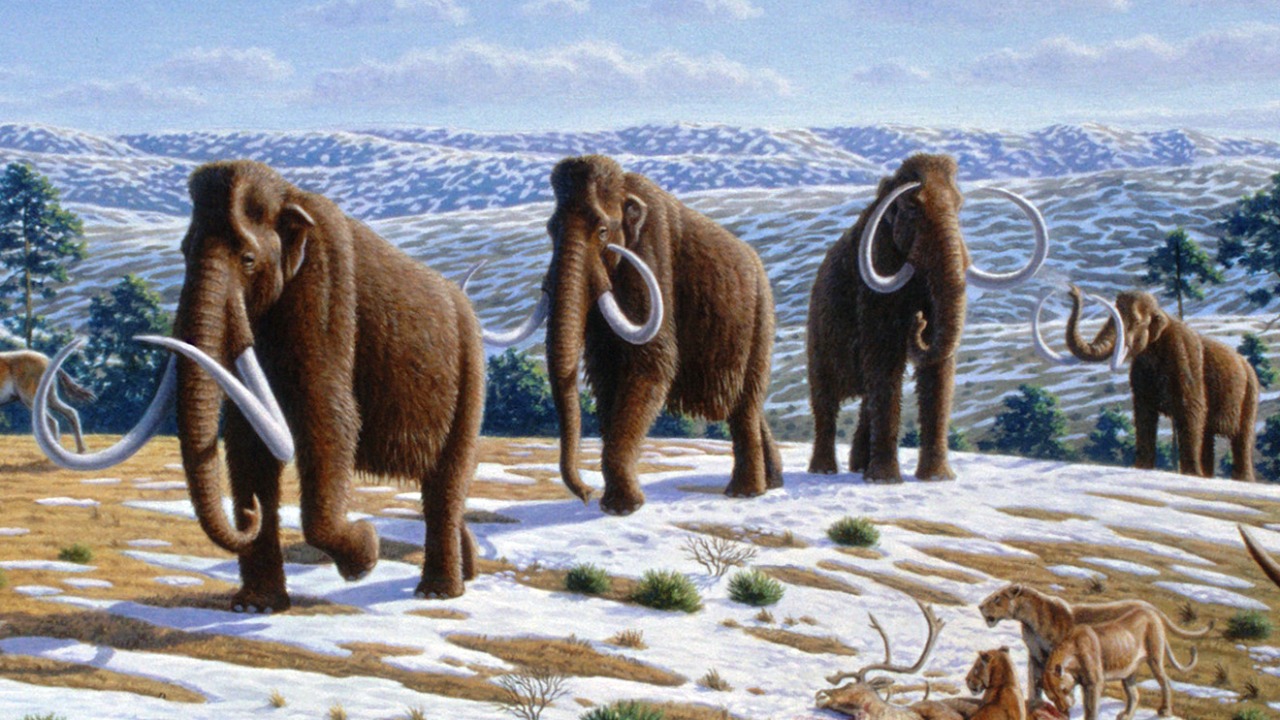
Scientists are venturing into the realm of de-extinction, aiming to revive the woolly mammoth using advanced genetic engineering techniques. This endeavor is part of a broader initiative targeting 25 animals, including iconic species like the dodo bird. The ambitious projects even extend to reconstructing massive prehistoric creatures, potentially reshaping ecosystems and biodiversity.
The Science Behind De-Extinction
At the heart of de-extinction efforts are cutting-edge methods like cloning and CRISPR gene editing. These techniques involve extracting genetic material from preserved specimens and inserting extinct DNA into the genomes of closely related living species. This approach has gained momentum as advancements in sequencing ancient genomes have accelerated progress for the 25 targeted animals. The ability to decode and manipulate DNA has opened new possibilities for bringing back species that once roamed the Earth.
Since 2017, significant strides have been made in sequencing ancient genomes, allowing scientists to better understand the genetic makeup of extinct species. This progress builds on early conceptual frameworks from 2007, which laid the groundwork for feasibility studies on species like the dodo. These studies explored the potential for using genetic material from preserved specimens to resurrect extinct animals, setting the stage for the ambitious projects we see today.
Focus on the Woolly Mammoth Revival
The woolly mammoth revival is a flagship effort among the 25 animals targeted for de-extinction. Organizations are working on creating elephant-mammoth hybrids to recreate traits such as thick fur and cold resistance. These hybrids are seen as a stepping stone toward fully reviving the woolly mammoth. Timelines and milestones reported in 2017 indicate that significant progress has been made in this endeavor, with researchers optimistic about the potential for success.
Environmental motivations play a crucial role in the push to reintroduce mammoths to Arctic tundras. Scientists believe that these creatures could help combat climate change by transforming the landscape. By trampling down snow and allowing cold air to penetrate the ground, mammoths could help maintain permafrost and prevent the release of greenhouse gases. This ecological impact underscores the potential benefits of de-extinction beyond simply reviving lost species.
Other Iconic Species in the Pipeline
Efforts to bring back the dodo bird are also underway, using pigeon DNA as a foundation for resurrection. The possibility of reviving the dodo has been analyzed since July 3, 2007, with scientists exploring the genetic similarities between pigeons and dodos. This research highlights the potential for using closely related species as genetic templates for de-extinction.
In addition to the dodo, other candidates from the 2017 list of 25 animals include passenger pigeons and Tasmanian tigers. Preserved samples of these species enable genetic reconstruction, offering hope for their eventual revival. The diversity of targeted species, ranging from birds to mammals, reflects a broader goal of restoring lost biodiversity and enhancing ecosystems.
Challenges in Reviving Prehistoric Giants
Reviving large prehistoric creatures, such as ground sloths or dinosaurs, presents significant technical hurdles. Incomplete DNA recovery remains a major challenge, as the degradation of genetic material over time complicates efforts to reconstruct these giants. Despite these obstacles, the pursuit of de-extinction continues, driven by the potential ecological benefits and scientific curiosity.
Ethical concerns also arise when considering the ecological impacts of reintroducing extinct species. Debates from 2007 regarding the dodo persist in 2017, as scientists weigh the potential consequences of altering ecosystems. Regulatory and funding obstacles further complicate efforts to scale up de-extinction projects beyond the initial 25 animals, highlighting the need for careful consideration and planning.
Future Implications for a 30-Foot Behemoth
The prospect of reconstructing massive extinct reptiles or mammals reaching 30 feet in length is both exciting and daunting. Building on the momentum from 2017, scientists speculate on the potential benefits of enhancing modern habitats with these giants. However, caution is warranted, as unintended consequences could arise from such ambitious endeavors.
Interdisciplinary collaborations are essential to achieving the scale required for reviving these colossal creatures. Integrating paleontology with biotech advances will be crucial in overcoming the challenges associated with de-extinction. As scientists continue to explore the possibilities, the future of de-extinction holds promise for reshaping our understanding of biodiversity and the natural world.